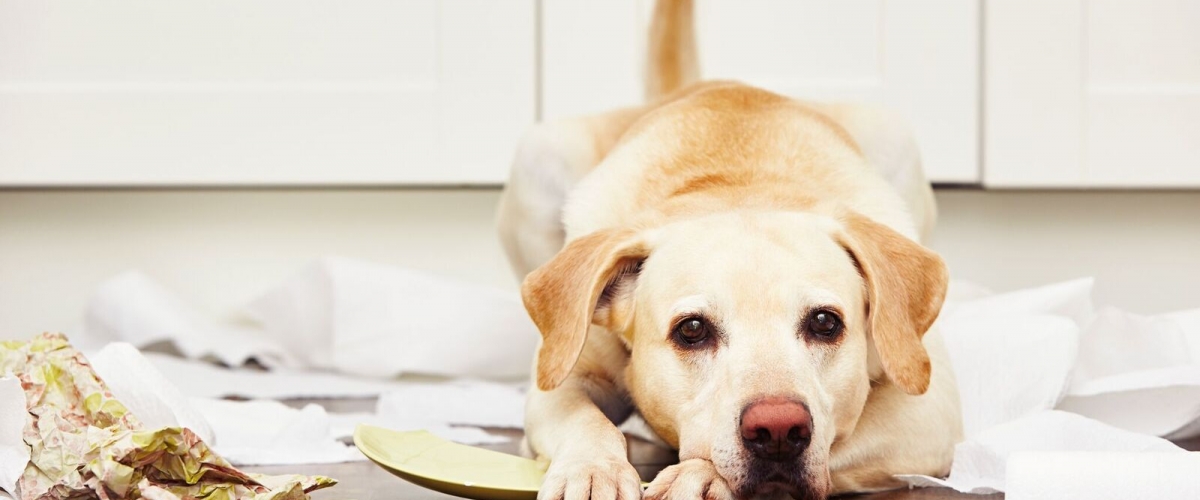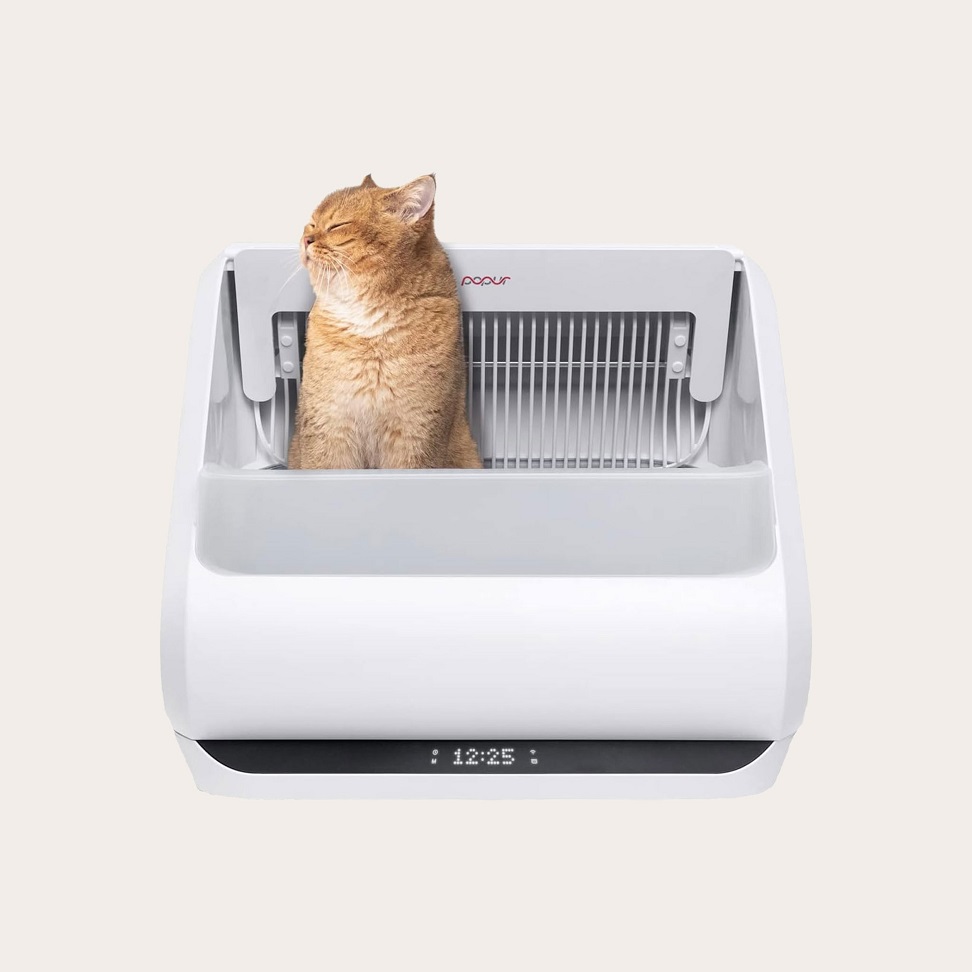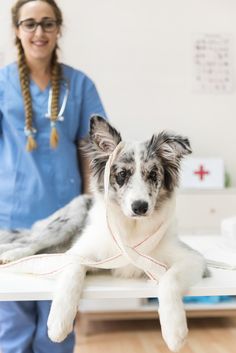The Allure of Socks
Plenty of puzzled dog owners end up asking “why does my dog eat socks?” This peculiar penchant for snacking on socks confounds yet is surprisingly common in the canine world. While exasperating, the reasons behind sock swallowing can be unraveled and solutions explored to protect both dog and footwear.
Possible Motivations
Several factors may motivate sock stealing and ingestion, including:
- Boredom – Lonely, under-stimulated dogs may view stray socks as entertainment. The forbiddenness adds to the appeal.
- Attention-Seeking – Dogs learn stolen socks initiate wild chase games with owners. The interaction becomes the reward.
- Anxiety – Stress and separation anxiety can trigger destructive behaviors like sock chewing.
- Medical Causes – Conditions like obsessive-compulsive disorder, gastrointestinal disease, diabetes or other issues may compel sock eating.
- Puppy Teething – Young dogs experiencing teething find sock texture and softness soothing.
- Hunger – Particularly with puppies on bland diets or in households with children’s cluttered rooms, socks may help satisfy hunger pangs.
Dangers of Ingestion
While socks may temporarily satisfy a dog’s urges, swallowing them poses serious risks including:
- Gastrointestinal obstructions – Socks can bunch up and block intestines.
- Toxicity – Dyes andfabric chemicals may cause poisoning.
- Choking hazards – Socks can lodge in the throat.
- Internal damage – Shredded fabric can perforate or abscess the GI tract.
- Surgery – Unresolved blockages and perforations require invasive surgery, sometimes resulting in bowel resectioning.
Promptly retrieving swallowed socks is critical.

Prevention Strategies
To break the sock addiction, try these tactics:
- Confine unsupervised dogs to sock-free areas. Use baby gates, crates or closed doors.
- Pick up strewn socks immediately and hamper dirty socks.
- Provide plenty of exercise, play, training and enrichment.
- Correct and distract from inappropriate chewing.
- Rule out any medical factors with a vet exam.
- Use bitter anti-chew sprays on socks.
- Supervise diligently and swap socks for approved chews.
- Consider crate training your dog if they are repeatedly ingesting items.
What To Do if a Sock is Swallowed
If your dog manages to gulp down a sock, prompt action is essential:
- Contact your vet immediately if you witness swallowing.
- Monitor for vomiting, gagging, diarrhea, loss of appetite.
- Look for lethargy, abdominal pain, and abnormal bowel movements.
- Expect your vet to recommend imaging tests like X-rays or endoscopy.
- Be prepared for emergency intestinal surgery if a blockage is confirmed.
- Carefully check all stools for evidence of the sock passing through.
Never just wait and hope the sock passes without issue. Severe obstructions and toxicity can rapidly be fatal. Quick veterinary assessment is crucial.
Importance of Puppy-Proofing
For homes with puppies and younger dogs, diligent sock-proofing is key to preventing bad habits from forming. Steps include:
- Pick up any laundry as soon as it comes out of the dryer.
- Store dirty and clean socks well out of reach in hampers and drawers.
- Use baby gates to restrict access to bedrooms where socks may be on the floor.
- Set up designated dog zones with ample chew toys but no socks.
- Correct and redirect any sock chewing or stealing attempts.
- Keep closet doors closed to block access to sock stashes.
With supervision and environmental management, puppies can avoid ever developing an obsession with socks.
When Socks Indicate Serious Issues
In some cases, chronic, severe sock ingestion warrants specialized behavioral or pharmaceutical intervention:
- A canine behaviorist can address obsessive-compulsive disorders.
- Anti-anxiety medications may help dogs with anxiety triggered sock chewing.
- Prozac and amitriptyline can reduce sock cravings.
Exploring whether compulsive disorders or mental illness underlie the behavior may provide lifesaving solutions.
The Sock-Obsessed Dog
For the rare dog consumed bysock chewing no matter what, extra precautions are necessary. Supervise continuously when socks could be accessed. Crate training may be required to keep them safe when alone. Work closely with your veterinary team to protect both canine and human feet in the household!
Conclusion
Socks may seem irresistible but dogs and hosiery are an unsafe mix. Stopping the sock swallowing compulsion requires vigilance and addressing root causes. With training, stimulation and prevention, dogs can kick the sock chewing habit, ensuring both canine and human feet stay cozy and comfy.



